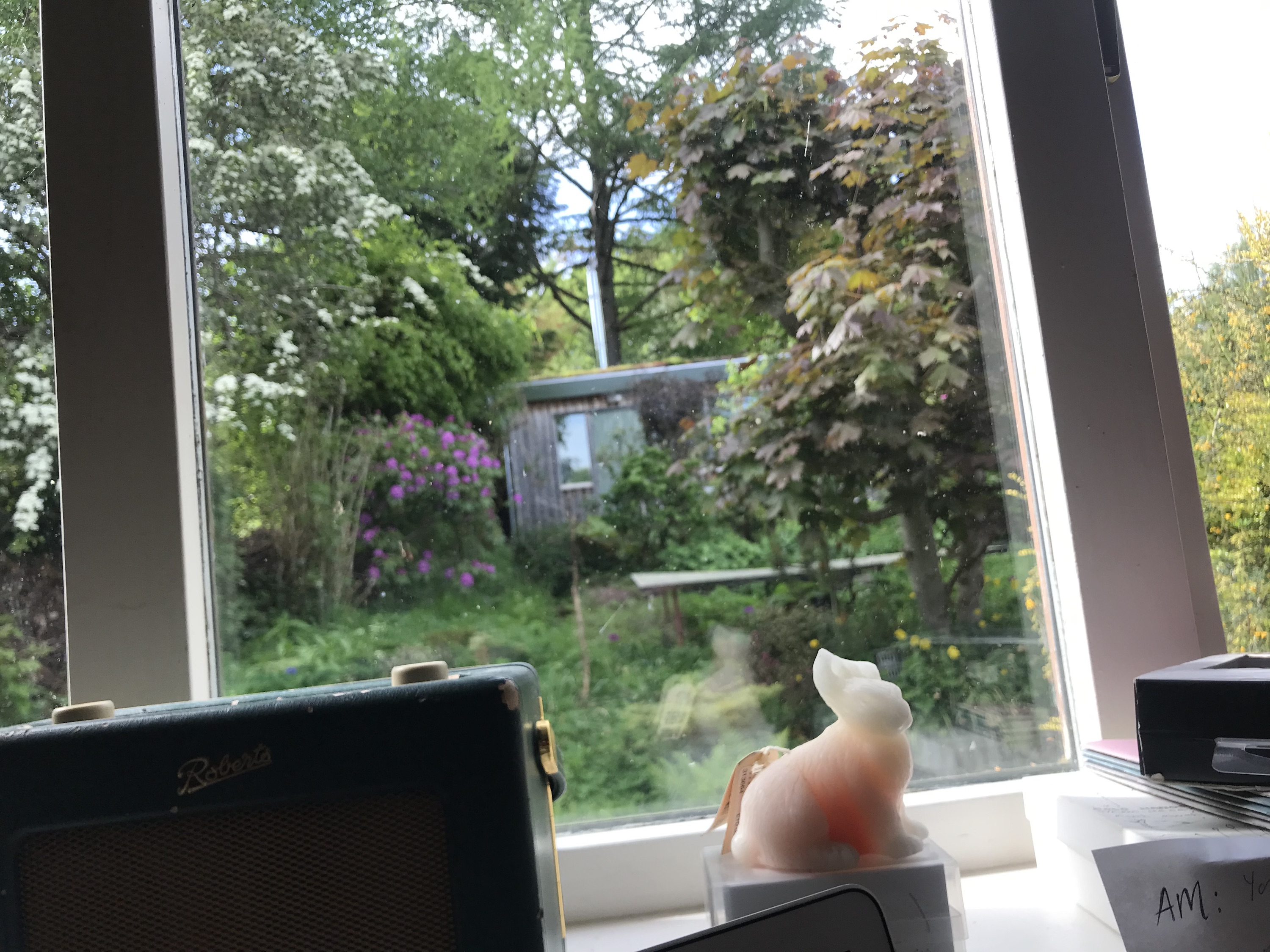The collapse of faith in political institutions that shapes the present might be traced back to a bad faith reading of an image twenty years ago. “Every statement I make today is backed up by sources, solid sources,” insisted US Secretary of State Colin Powell to the UN Security Council. These “solid sources” included a set of blurred satellite images that represented—he claimed—a facility producing the weapons of mass destruction that would justify the US-led invasion of Iraq. As R. H. Lossin points out in an essay on the work of Trevor Paglen that we’ll publish this month, the war that fatally undermined both the rules-based international order and the presumption that its leaders should be accountable to truths was predicated on “a specific, actively enforced interpretation of some grainy shapes.”1
What is at stake when images are used to construct realities conducive to power? How, as political subjects with our own biases, can we make informed judgements of images that support multiple interpretations, or are of uncertain provenance, or refuse altogether to be read? And how do we respond to the tendency to build dangerous conspiracies out of images that are, like the grainy shapes in Powell’s PowerPoint presentation, essentially ambiguous? Reading Paglen’s practice as a form of countersurveillance, Lossin proposes that his photography responds to “moments of acute representational crisis” by documenting “an image’s refusal to disclose the stable proof that is expected from them.” This might allow us to think anew about the way images are created, and the power dynamics—not always easily legible, and not always fixed—expressed both within their making and in the conditions of their being seen.
No one writing about images today can be indifferent to this crisis, and so it’s hardly surprising that it is a feature of this month’s—of every month’s—program. If Paglen’s images complicate the relationship between what is seen and what is signified, then the sculptures of Aria Dean test both the limits of representation and what a viewer will register as violence. Her work, writes Katherine C. M. Adams, presents the viewer with something like the same challenge: what is it that we are seeing, and how should we respond to it? These themes recur in writing about exhibitions from Buenos Aires to Mumbai, Berlin to Singapore, all which are staged in a moment of “representational crisis,” and might propose ways out of it.
The ambiguity of images insists that we attend to the contexts through which they are construed. In the microcosm of the artworld, this might range from the curatorial strategies mediating viewers’ engagements to the structures or systems supporting the institutions in which politically charged work is presented. Writing from Cape Town, Keely Shinners reflects on a series of photographs by Sue Williamson that show how art might preserve truths that are inconvenient to power. These haunting images suggest that the act of witnessing can unsettle the fixed narratives that are used to legitimate violence, illuminating those experiences that are silenced or suppressed to maintain them. About to be evicted from their homes by Apartheid policies of segregation, a family has etched messages onto walls that will soon be bulldozed: “The truth is on the walls of this house,” reads one. “The truth that is denied.”
Each month, to accompany the editors’ letter, we publish a photograph from an artist’s place of work. This month we feature writer and artist Samra Mayanja. The genesis of her work is often a scenario that becomes a script or an instruction for the voice; a monologue, dialogue, narration, improvisation or lyrics. Her solo exhibition “The Living and the Stale” at The Tetley, Leeds, closes on June 4, and her work in “All Islands Connect Under Water” at CCA Glasgow is on show until June 3. She’ll be performing at VSSL’s Live Art Club, London on July 1.
It was in July 2003 that British Prime Minister Tony Blair told the US Congress—hubristically and inaccurately—that “history would forgive” them if it transpired that the casus belli was a fabrication. It reads to anyone who has grown up in the intervening twenty years as a baleful admission that facts would now be subordinate to ideological conviction.
